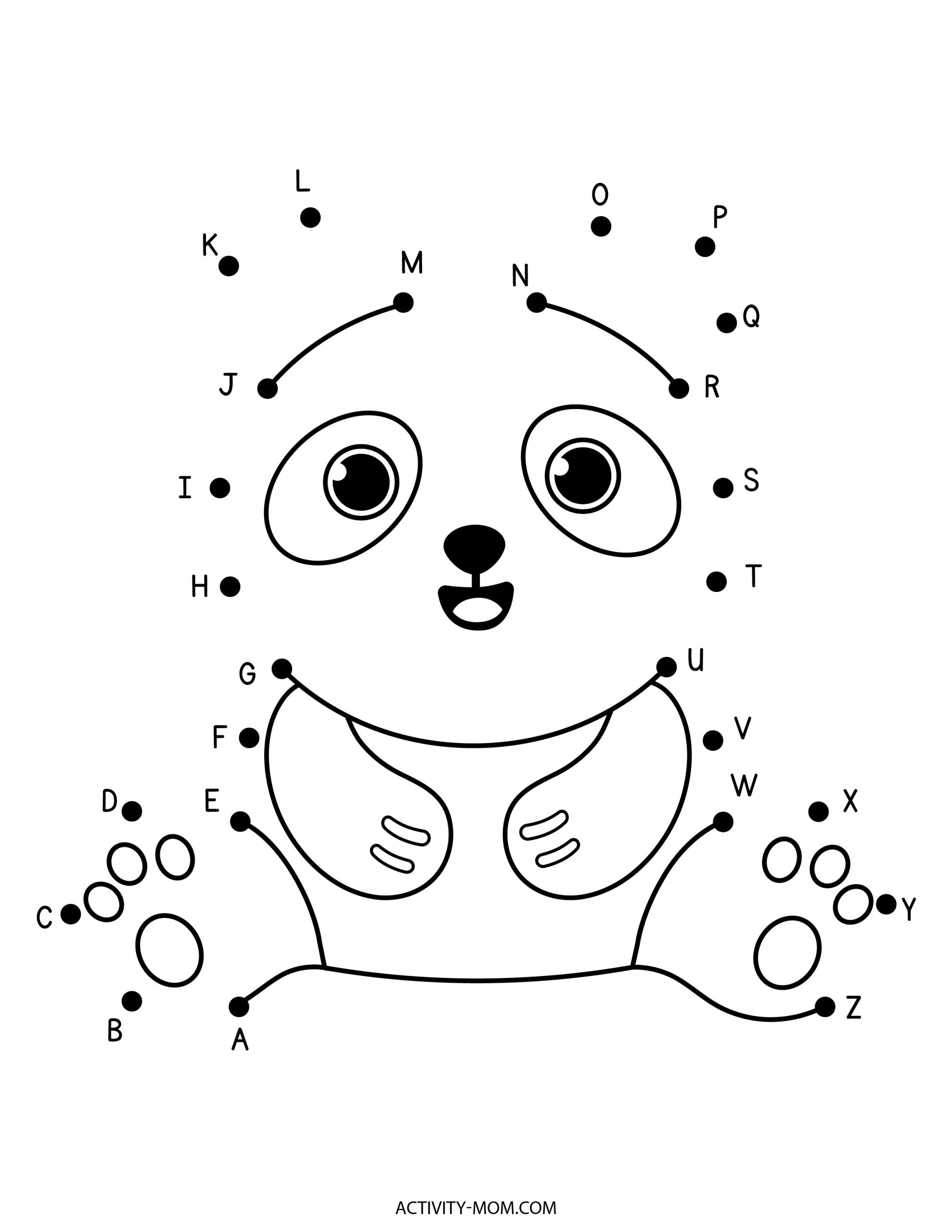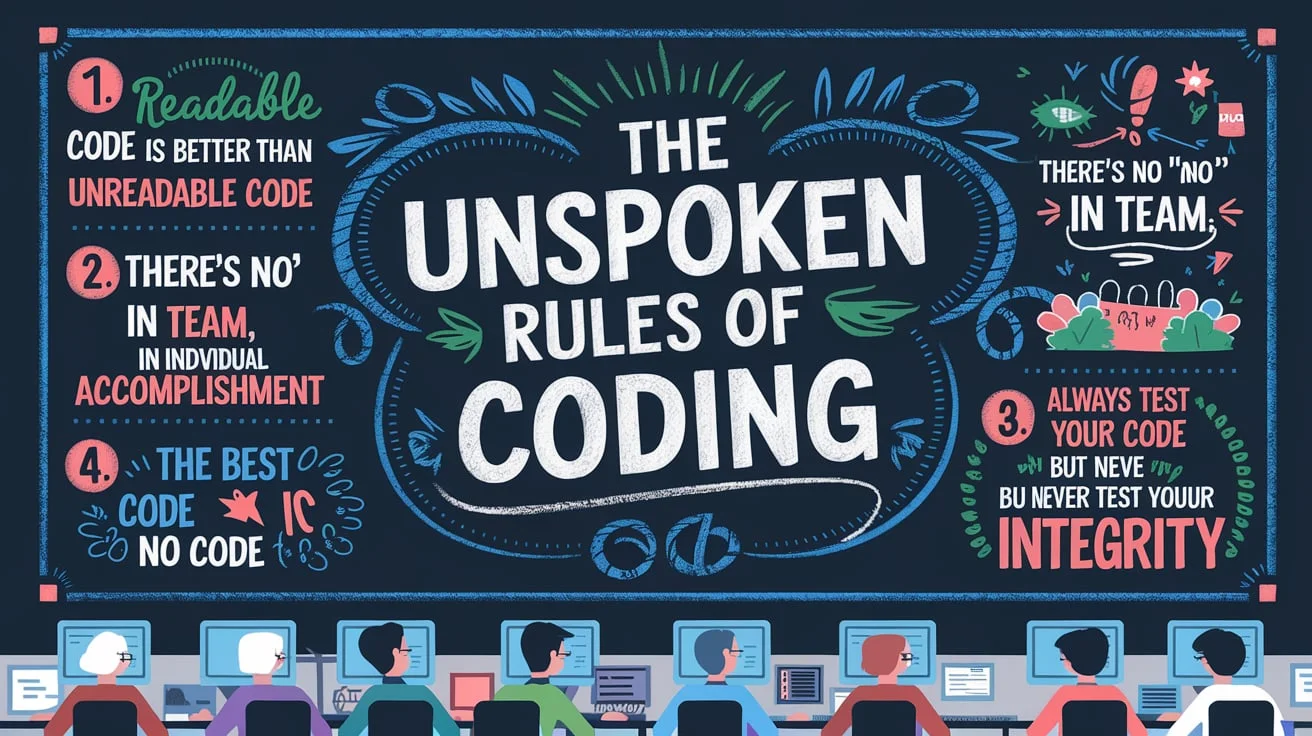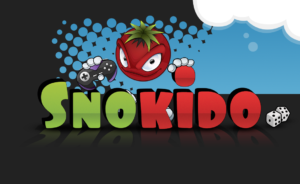Connect the Dots Printable
Connect the Dots Printable: A Fun and Educational Tool for All Ages
Introduction
Connect the dots printables are a classic activity that has been cherished by children and adults alike for generations. These engaging puzzles not only provide entertainment but also offer a wealth of educational benefits. In this article, we’ll delve into the world of connect the dots printables, exploring their history, the benefits they offer, and how they can be used as a tool for learning and development. Whether you’re a parent, teacher, or simply someone looking for a fun and relaxing activity, connect the dots printables are a fantastic resource to explore.Connect the Dots Printable
The History of Connect the Dots Printables
The concept of connecting dots to create an image has been around for centuries, with its origins tracing back to early puzzles and games. These activities were initially designed to entertain and challenge individuals, often requiring them to connect numbered dots in a specific sequence to reveal a hidden picture.
The popularity of connect the dots puzzles grew significantly in the 20th century, particularly in educational settings. Teachers and parents began to recognize the value of these puzzles as a tool for teaching numbers, counting, and fine motor skills. Today, connect the dots printables are widely available in various themes and difficulty levels, making them accessible to people of all ages.Connect the Dots Printable
Educational Benefits of Connect the Dots Printables
1. Enhancing Number Recognition and Counting Skills
One of the most apparent benefits of connect the dots printables is their ability to enhance number recognition and counting skills. As children connect the dots in numerical order, they learn to recognize and sequence numbers. This activity is particularly beneficial for young children who are just beginning to learn about numbers and counting.
2. Improving Fine Motor Skills
Connect the dots printables require precision and control, making them an excellent tool for developing fine motor skills. By carefully connecting the dots, children strengthen the muscles in their hands and fingers, which is essential for tasks such as writing, drawing, and using scissors. This improvement in fine motor skills is crucial for earlyConnect the Dots Printable childhood development.
3. Boosting Concentration and Focus
Completing a connect the dots puzzle requires concentration and attention to detail. Children must carefully follow the sequence of numbers, which helps them develop focus and the ability to concentrate on a task for an extended period. This skill is transferable to other areas of learning and daily life.
4. Encouraging Creativity and Imagination
While connect the dots printables may seem straightforward, they also offer opportunities for creativity and imagination. Once the dots are connected, children can color in the resulting image, allowing them to express their creativity. Additionally, some connect the dots puzzles leave room for interpretation, encouraging children to imagine what the final picture will look like before they complete it.
5. Supporting Cognitive Development
Connect the dots puzzles stimulate cognitive development by challenging the brain to recognize patterns and sequences. As children connect the dots, they develop problem-solving skills and spatial awareness. These cognitive abilities are essential for academic success and everyday problem-solving.
Different Types of Connect the Dots Printables
Connect the dots printables come in various types and difficulty levels, catering to different age groups and skill levels. Here are some popular types:
1. Simple Connect the Dots for Young Children
These printables typically feature a small number of dots and are designed for preschoolers and early elementary school children. The images are usually simple and easy to recognize, such as animals, fruits, or basic shapes. These puzzles are perfect for introducing young children to the concept of connecting dots while reinforcing their counting skills.
2. Intermediate Connect the Dots for Older Children
As children grow older and more confident in their number recognition and fine motor skills, they can progress to more complex connect the dots puzzles. These intermediate printables may have a larger number of dots, more intricate images, and sometimes even letters of the alphabet. They offer a greater challenge while still being accessible to elementary school children.
3. Advanced Connect the Dots for Teens and Adults
Connect the dots isn’t just for kids! Advanced connect the dots printables are designed for older children, teenagers, and adults who enjoy a challenge. These puzzles can have hundreds or even thousands of dots and may include complex images like landscapes, famous landmarks, or detailed portraits. Completing these puzzles requires patience and precision, making them a relaxing and rewarding activity for adults.
4. Themed Connect the Dots Printables
Themed connect the dots printables are a fun way to celebrate holidays, seasons, or special occasions. For example, you can find connect the dots puzzles featuring Halloween pumpkins, Christmas trees, or Easter eggs. These themed puzzles add an extra layer of excitement and are great for classroom activities or family gatherings.
How to Use Connect the Dots Printables in Educational Settings
Connect the dots printables are a versatile tool that can be used in various educational settings, from classrooms to homeschooling environments. Here are some ideas on how to incorporate them into your teaching:
1. Math Lessons
Connect the dots puzzles are an excellent way to reinforce counting and number recognition in math lessons. Teachers can use these printables to help students practice counting by ones, twos, fives, or tens. For older students, connect the dots puzzles can be used to introduce basic concepts of geometry, such as identifying shapes and angles.
2. Art and Creativity Classes
In art and creativity classes, connect the dots printables can be used as a starting point for creative projects. After completing the puzzle, students can use their imagination to color and decorate the image. Teachers can also encourage students to create their own connect the dots puzzles, fostering creativity and critical thinking.
3. Language Development
Connect the dots puzzles can be integrated into language lessons by using themed printables that correspond with vocabulary words. For example, a connect the dots puzzle featuring a cat can be paired with a lesson on animal names. This approach helps reinforce vocabulary while making learning fun and interactive.
4. Special Education
Connect the dots printables can be particularly beneficial in special education settings, where students may require additional support with fine motor skills, number recognition, or concentration. These puzzles can be tailored to meet the individual needs of each student, providing a personalized and engaging learning experience.
Using Connect the Dots Printables for Relaxation and Mindfulness
While connect the dots printables are often associated with children, they can also be a valuable tool for relaxation and mindfulness for people of all ages. The repetitive nature of connecting the dots can have a calming effect, helping to reduce stress and anxiety.
For adults, completing a connect the dots puzzle can be a form of meditation, allowing the mind to focus on a simple, structured task. This can be particularly helpful for those who struggle with mindfulness practices that require stillness, as the physical act of connecting dots provides a gentle and engaging way to quiet the mind.
How to Create Your Own Connect the Dots Printables
Creating your own connect the dots printables can be a fun and rewarding project. Here’s a step-by-step guide to help you get started:
1. Choose an Image
Start by selecting an image that you want to turn into a connect the dots puzzle. This could be a simple drawing, a photograph, or even a logo. The complexity of the image will determine the difficulty level of the puzzle.
2. Plot the Dots
Using a graphic design software or even a piece of paper, plot dots along the outline of the image. Make sure to number the dots in the order they should be connected. For a more challenging puzzle, you can add more dots or place them closer together.
3. Test the Puzzle
Before finalizing your connect the dots printable, test it out to make sure that it’s solvable and that the final image is recognizable. You may need to adjust the placement of the dots or the numbering if the image isn’t coming out as planned.
4. Print and Share
Once you’re satisfied with your connect the dots puzzle, print it out and share it with others. You can also digitize the printable and share it online, allowing others to enjoy your creation.
Conclusion
Connect the dots printables are a timeless activity that offers a range of benefits, from enhancing number recognition and fine motor skills to promoting relaxation and creativity. With so many different types and themes available, there’s a connect the dots puzzle for everyone, regardless of age or skill level.Connect the Dots Printable













Post Comment